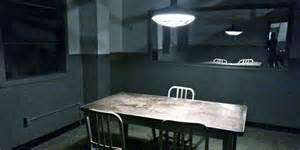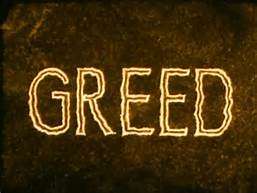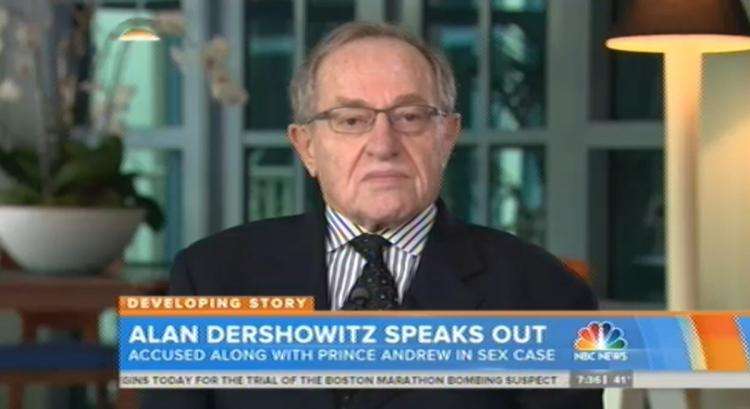Enhanced Interrogation- Saves Lives
READ THROUGH THE LAST COUPLE OF PARAGRAPHS THEN ASK ” DO WE WANT 4 to 8 YEARS
MORE OF OBAMA TYPE LEADERSHIP ? ” THINK ABOUT THE NUMBER OF LIVES THAT HAVE BEEN
SAVED….AND NOTICE THE QUALITY OF LEADERS THAT OBJECTED TO OBAMA’S DECISIONS
WHICH HE HAS ROUTINELY IGNORED.
On August 9, 2006, nine airliners took off from London/Heathrow within hours of each
other. Every one of the aircraft had bombs on board, which would have destroyed the
aircraft and all of their passengers. All the bombs were found and removed prior to take
off entirely on the basis of information derived from water boarding Khalid Sheik
Mohammed.
But, we of course don’t do that anymore. “We’re better than that”. (Said Obama)
The flights involved were:
United Flight 931 to San Francisco
Air Canada Flight 849 to Toronto
Air Canada Flight 865 to Montreal
United Flight 959 to Chicago
United Flight 925 to Washington
American Flight 131 to New York Kennedy
American Flight 091 to Chicago
Here’s the rest of the story. This takes about 2 minutes to read and it is worth every
second. This is something every person in America must know!
The single most prominent characteristic of contemporary America is that common sense
has been abandoned to political correctness and “feelings.”
As President George W. Bush’s top speech writer, Marc Thiessen was provided unique
access to the CIA program used in interrogating top Al Qaeda terrorists, including the
mastermind of the 9/11 attack, Khalid Sheikh Mohammad (KSM).
Now, his riveting new book, “Courting Disaster, How the CIA Kept America Safe” has
been published. Here is an excerpt from “Courting Disaster”:
“Just before dawn on March 1, 2003, two dozen heavily armed Pakistani tactical assault forces move in and
surround a safe house in Rawalpindi. A few hours earlier they had received a text
message from an informant inside the house. It read: “I am with KSM.”
Bursting in, they fin d the disheveled mastermind of the 9/11 attacks, Khalid Sheikh
Mohammed, in his bedroom. He is taken into custody. In the safe house, they find a
treasure trove of computers, documents, cell phones and other valuable “pocket litter.”
Once in custody, KSM is defiant. He refuses to answer questions, informing his captors
that he will tell them everything when he gets to America and sees his lawyer. But KSM
is not taken to America to see a lawyer Instead he is taken to a secret CIA “black site” in
an undisclosed location. Upon arrival, KSM finds himself in the complete control of
Americans. He does not know where he is, how long he will be there, or what his fate will
be.
Despite his circumstances, KSM still refuses to talk. He spews contempt at his
interrogators, telling them Americans are weak, lack resilience, and are unable to do
what is necessary to prevent the terrorists from succeeding in their goals. He has trained
to resist interrogation. When he is asked for information about future attacks, he tells his
questioners scornfully: “Soon, you will know.”
It becomes clear he will not reveal the information using traditional interrogation
techniques. So he undergoes a series of “enhanced interrogation techniques” approved
for use only on the most high value detainees. The techniques include waterboarding.
He begins telling his CIA debriefers about active al Qaeda plots to launch attacks
against the United States and other Western targets. He holds classes for CIA officials,
using a chalkboard to draw a picture of Al Qaeda’s operating structure, financing,
using a chalkboard to draw a picture of Al Qaeda’s operating structure, financing,
communications, and logistics. He identifies Al Qaeda travel routes and safe havens,
and helps intelligence officers make sense of documents and computer records seized in
terrorist raids. He identifies voices in intercepted telephone calls, and helps officials
understand the meaning of coded terrorist communications. He provides information that
helps our intelligence community capture other high ranking terrorists .
KSM’s questioning, and that of other captured terrorists, produces more than 6,000
intelligence reports, which are shared across the intelligence community, as well as with
our allies across the world.
In one of these reports, KSM describes in detail the revisions he made to his failed 1994
1995 plan known as the “Bojinka plot” to blow up a dozen airplanes carrying some 4,000
passengers over the Pacific.
Years later, an observant CIA officer notices the activities of a cell being followed by
British authorities appears to match KSM’s description of his plans for a Bojinkastyle
attack. In an operation that involves unprecedented intelligence cooperation between our
countries British officials proceed to unravel the plot.
On the night of Aug. 9, 2 006 they launch a series of raids in a northeast London suburb
that lead to the arrest of two dozen Al Qaeda terrorist suspects. They find a USB thumb-
drive in the pocket of one of the men with security details for Heathrow airport, and
information on seven TransAtlantic flights that were scheduled to take off within hours of
each other:
United Airlines Flight 931 to San Francisco departing at 2:15 PM
Air Canada Flight 849 to Toronto departing at 3:00 PM
Air Canada Flight 865 to Montreal departing at 3:15 PM
United Airlines Flight 959 to Chicago departing at 3:40 PM
United Airlines Flight 925 to Washington departing at 4:20 PM
American Airlines Flight 131 to New York departing at 4:35 PM
American Airlines Flight 91 to Chicago departing at 4:50 PM
They seize bombmaking equipment and hydrogen peroxide to make liquid
explosives. They find the chilling martyrdom videos the suicide bombers had
prepared. Today, if you asked an average person on the street what they know about the
2006 airlines plot, most would not be able to tell you much.
Few Americans are aware of the fact Al Qaeda had planned to mark the fifth anniversary
of 9/11 with an attack of similar scope and magnitude. Even fewer realize the terrorists’
true intentions in this plot were uncovered thanks to critical information obtained through
the interrogation of the man who conceived it: Khalid Sheikh Mohammed.
This is only one of the many attacks stopped with the help of the CIA interrogation
program established by the Bush Administration in the wake of the Sept. 11, 2001
terrorist attacks. In addition to helping break up these specific terrorist cells and plots,
CIA questioning provided our intelligence community with an unparalleled body of
information about al Qaeda.
Until the program was temporarily suspended in 2006, intelligence officials say, well over
half of the information our government had about Al Qaedahow it operates, how it moves
money, how it communicates, how it recruits operatives, how it picks targets, how it plans
and carries out attacks came from the interrogation of terrorists in CIA custody.
Former CIA Director George Tenet has declared: “I know this program has saved lives. I
know we’ve disrupted plots. I know this program alone is worth more than what the FBI,
the Central Intelligence Agency, and the National Security Agency put together have
been able to tell us.”
Former CIA Director Mike Hayden has said: “The facts of the case are that the use of
these techniques against these terrorists made us safer. It really did work.” Even Barack
Obama’s Director of National Intelligence, Dennis Blair, has acknowledged: “High value
information came from interrogations in which those methods were used and provided a
information came from interrogations in which those methods were used and provided a
deeper understanding of the Al Qaeda organization that was attacking this country.”
Leon Panetta, Obama’s CIA Director, has said: “Important information was gathered from
these detainees. It provided information that was acted upon.
John Brennan, Obama’s Homeland Security Advisor, when asked in an interview if
enhanced interrogation techniques were necessary to keep America safe, replied :
“Would the U. S. be handicapped if the CIA was not, in fact, able to carry out these types
of detention and debriefing activities, I would say yes.”
On Jan. 22, 2009, President Obama issued Executive Order 13491, closing the CIA
program and directing that, henceforth, all interrogations by U. S. personnel must follow
the techniques contained in the Army Field Manual . The morning of the announcement,
Mike Hayden was still in his post as CIA Director, He called White House Counsel Greg
Craig and told him bluntly: “You didn’t ask, but this is the CIA officially nonconcurring”.
The president went ahead anyway, overruling the objections of the agency.
A few months later, on April 16, 2009, President Obama ordered the release of four
Justice Department memos that described in detail the techniques used to interrogate
KSM and other high value terrorists. This time, not just Hayden (who was now retired)
but five CIA directors including Obama’s own director, Leon Panetta objected.
George Tenet called to urge against the memos’ release. So did Porter Goss. So did
John Deutch. Hayden says: “You had CIA directors in a continuous unbroken stream to
1995 calling saying, ‘Don’t do this.’ In addition to objections from the men who led the
agency for a collective 14 years, the President also heard objections from the agency’s
covert field operatives. A few weeks earlier, Panetta had arranged for the eight top
officials of the Clandestine Service to meet with the President. It was highly unusual for
these clandestine officers to visit the Oval Office, and they used the opportunity to warn
the President that releasing the memos would put agency operatives at risk. The Pre
sident reportedly listened respectfully, and then ignored their advice. With these actions,
Barack Obama arguably did more damage to America ‘s national security in his
first 100 days of office than any President in American history.
But how many people know this? Only the few that read this email from beginning







